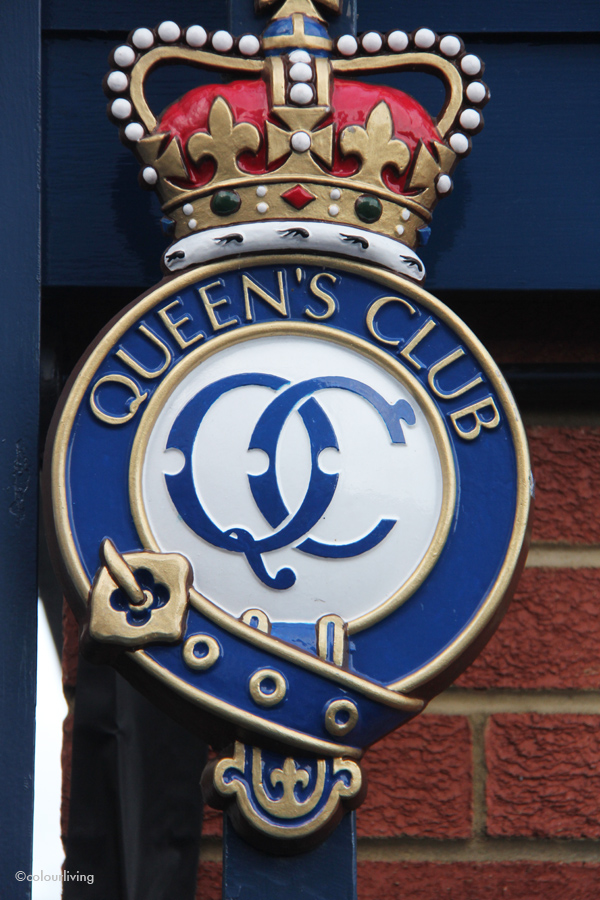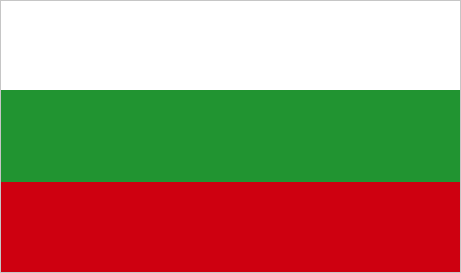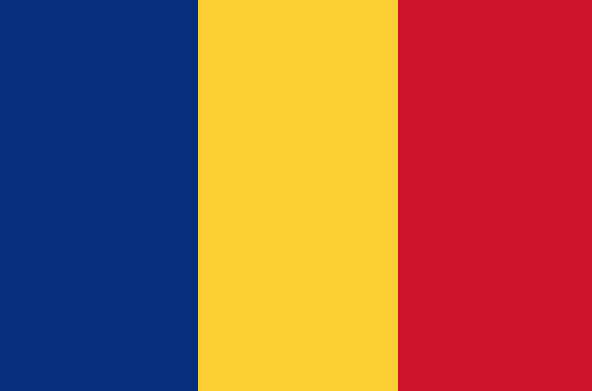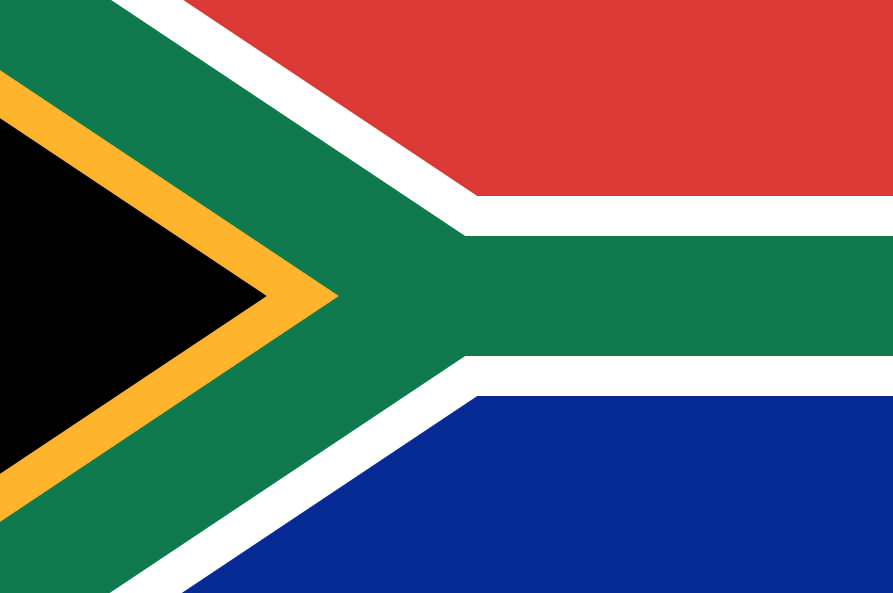By Mark Ryan
The Queen’s Club was established in August 1886 and named after its first patron, Queen Victoria. The incorporation of the club cost £18, 15 s, 0d in old money. According to the journalist Roy McKelvie, in his book ‘The Queen’s Club Story (1886-1986)’, the grounds were first opened for lawn tennis on 19 May 1887. He adds: “On 1 and 2 July [1887], Oxford met Cambridge in the first sporting contest to be held there. The result was a draw, 9-9, and among the players was Harry Scrivener (Oxford) who later became a noted referee and correspondent for the Morning Post.”
The aforementioned first sporting contest played at the Queen’s Club appears to have been a rugby match. Although the club is nowadays almost wholly associated with tennis, in its early years many other sports were played there, including cricket, football (soccer) and croquet. There was a cinder track for cycling and a running track as well as facilities for real tennis, an Eton Fives court, rackets courts, indoor lawn tennis courts and a billiards room. The club’s buildings were opened in January 1888.
In the mid-1880s, the Queen’s Club was not an easy venue to reach. According to Roy McKelvie: “Transport in those days was mainly by horse. A chocolate-coloured, four-in-hand horse bus made daily regular trips from Hyde Park Corner to the club before the opening of Barons Court underground station in 1906. There was stabling at the club and horses were kept to draw the heavy rollers over the ground.”
When it first opened the Queen’s Club was a much-needed venue for sports growing in popularity. Previously, the Prince’s Club had been one of the very few multi-sports clubs in England. This club was located in the exclusive Kensington and Chelsea area of London, behind the modern-day Harrods store. According to one source, Prince’s Club, an exclusive sports club with socially restricted membership, was opened in 1870 by George and James Prince. The club houses were built on the grounds of Holland’s Pavilion, and the club used former nursery land adjoining as a cricket ground. In addition to cricket, there were facilities for tennis, badminton, and, later, skating. The ground was being built on in 1879, and the club finally closed in 1885 when its lease expired.
According to Roy McKelvie: “Prince’s [Club] closed in 1887 to reopen the following year in Knightsbridge, but with no facilities for outdoor sports. It was primarily a rackets and real tennis club. In its early days, one of the first lawn tennis tournaments, known simply as the Princes Club Tournament, was held at this club. In 1880, Herbert Lawford, a future Wimbledon champion, won this event, which was held outdoors.”
A third multi-sports club, the London Athletic Club (LAC), also existed at this time. According to the article ‘Sport, Ancient and Modern: Athletics’, published in the work ‘A History of the County of Middlesex’ (1911): “Foremost among athletic clubs in Middlesex is the London Athletic Club. Founded in 1863 under the title of the Mincing Lane Athletic Club, it took its present name in the spring of 1866. It held its first athletic meeting at the Beaufort House grounds at Brompton on 9 April 1864, and a second on 21 May of the same year. It continued to meet there until 1869, having in 1867 had sports at the Old Deer Park, Richmond, and at Beaufort House, Walham Green.
“After its headquarters were moved to Lillie Bridge in 1869, meetings were held there until 1876. In 1877, it again moved, this time to its own grounds at Stamford Bridge, Fulham. These grounds of six-and-a-half acres were closed after the last meeting on 24 September 1904, and a new and larger track was made, partly on the same site, with a banked track for cycling and seating accommodation for 10,000 people. The new area of seventeen acres was still known as Stamford Bridge, and the LAC opened with a meeting on 10 May 1905. During the winter months the ground is used by the Chelsea Football Club.”
A tennis tournament was inaugurated at the London Athletic Club in 1884; one year later it was given the title of the London Championships. It was held outdoors, on grass. This tournament would be held for many years, although it moved to the Queen’s Club in 1890. From 1890 onwards, another tennis tournament, the Covered Courts Championships, was also held at the Queen’s Club, or at least the women’s singles and men’s doubles events were held there.
The first Covered Courts Championships had taken place in April 1885, when covered courts were opened for the first time at the Hyde Park Lawn Tennis Club in Porchester Square, London. The tournament then consisted of only a men’s singles event. According to Roy McKelvie, the Covered Courts Championships did not flourish at the Hyde Park Lawn Tennis Club, so in 1890 the Queen’s Club was the obvious choice as a venue for the newly-established women’s singles and men’s doubles events. The men’s singles event continued to be held at the Hyde Park Lawn Tennis Club until 1895, when it too moved to the Queen’s Club (no women’s events appear to have been held at either the Prince’s Club or the Hyde Park Club).
The covered courts at the Queen’s Club were opened on 13 April 1888 with an exhibition singles match between Herbert Lawford, the reigning Wimbledon champion, and Ernest Renshaw. According to ‘The Queen’s Club Story’, they were then joined by Ernest Lewis, the reigning covered courts champion, and Clement Cazalet, for a doubles match.
The Covered Court Championships, initially held around the beginning of April, ran at the Queen’s Club for several years. It was originally distinct from the London Covered Court Championships, which Roy McKelvie describes as a lesser event played for some years in the autumn. However, these two tournaments would eventually merge to become the National, or British, Covered Courts Championships, with an autumn date in the calendar and fluctuating fortunes. This tournament was cancelled circa 1969.
The London Championships, played outdoors, on grass, ran in its original form until 1973. In its early years this tournament was moved around the calendar, sometimes being held just before Wimbledon, sometimes just after. However, by 1910 the London Championships had a fixed, coveted place in the tennis calendar, namely the second half of June, just before Wimbledon.
This position is now held by two tournaments in Great Britain: a men’s tournament held at the Queen’s Club, and a tournament held at Eastbourne on the south coast of England. The venue for the latter tournament is Devonshire Park, where the old South of England Championships tournament used to be held. Since 2009, the Eastbourne tournament has once again featured both men’s and women’s events, although there is no mixed doubles event.
In 1908, the Olympic Games were staged in London, and it was decided to hold the real tennis, rackets and covered courts lawn tennis events at the Queen’s Club (the grass court lawn tennis events were held at Wimbledon). However, the racket sport events held at the Queen’s Club during the Olympics were not a success and, consequently, it was decided to drop real tennis and rackets from future Olympic Games.
Nowadays, the Queen’s Club has 28 outdoor lawn tennis courts, including 12 grass courts and a lesser number of hard and clay (or shale) courts, 10 indoor tennis courts, 2 real tennis courts, 2 rackets courts, 3 squash courts and a gymnasium. Women can also now become full members of the club; this was not the case in the early days.
--
Main sources
McKelvie, Roy: The Queen’s Club Story (1886-1986), Hutchinson, 1986
Sport, ancient and modern: Athletics’, featured in ‘A History of the County of Middlesex’, published by Victoria County History, London, 1911.

England
Editions



















